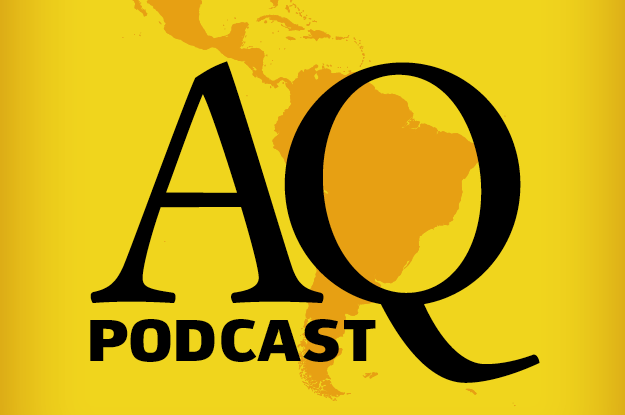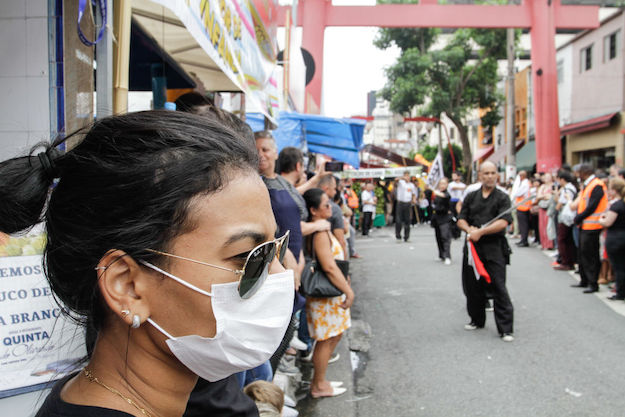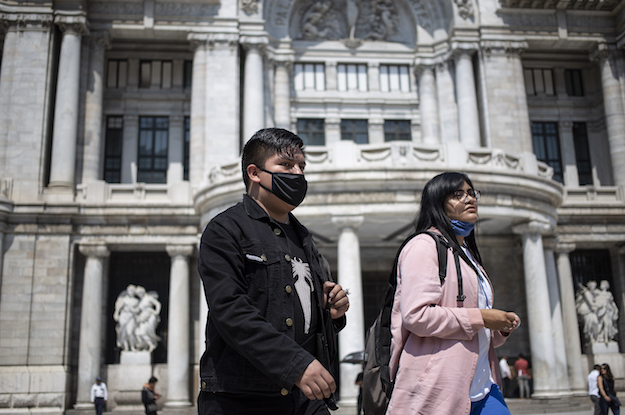Correction appended below.
The story goes that the May 1 establishment of diplomatic relations between the Dominican Republic and China was long in the making, but delayed because the D.R. put up too many conditions. As a result, Panama ended up beating it to the finish line, becoming in June 2017 the first country in the region in several years to add an embassy to the already large Latin American and Caribbean (LAC) contingent of missions in Beijing.
The irony, of course, is that despite not setting any conditions, Panama, after breaking with Taiwan, has already benefitted considerably from its new ties with the People’s Republic of China (PRC).
In 11 months, Panama has made more progress with China than Costa Rica made in 11 years of bilateral relations, or Colombia made in 38 years of diplomatic relations, said on Twitter the London School of Economics and Political Science’s Álvaro Méndez, co-author of the recent book The China-Latin America Axis.
What’s clear is that in this short period Panama has gained much. There is a lesson there, for those who want to see it.
Taking place in the midst of a U.S.-China trade spat that is likely to get worse before it gets better, and of efforts by Washington to bolster its ties with Taiwan, China’s recent steps in the Western Hemisphere are by no means stand-alone measures. Rather, they are part of an overall plan to institutionalize links with Western Hemisphere nations, which has been a feature of Chinese foreign policy for the past decade or so. In 2008, the Chinese Foreign Ministry issued a white paper on the subject, then updated it in November 2016 after President Xi Jinping’s third visit to the region since taking office, specifying a variety of ways to strengthen cooperation with Latin America and the Caribbean.
Most recently, at the Second China-LAC Ministerial Forum held in Santiago last January, Chinese Foreign Minister Wang Yi reaffirmed China’s commitment to working with LAC nations not just bilaterally, but also regionally and sub-regionally, addressing issues of common concern. This included mooting the possibility of Western Hemisphere nations participating in China’s ambitious Belt and Road Initiative (BRI), which Panama had been the first to join.
China also participated for the first time as an observer in the Summit of the Americas held in Lima on April 14-15 – a meeting that, also for the first time, was not attended by the U.S. president. This is particularly significant at a time when China-LAC trade has reached almost historic heights – in 2017 it totaled $266 billion – and China has become the top trading partner for a number of countries in the region, including some of the biggest economies, like Brazil, Chile and Peru, as well as smaller ones like Uruguay.
Washington has warned the region about these links. Then-Secretary of State Rex Tillerson did so in his speech at the University of Texas, Austin, before his Latin American tour in February. So did Commerce Secretary Wilbur Ross in Lima in April. The U.S. also objected (in vain) to the Inter-American Development Bank’s decision to hold its 60th anniversary annual general meeting in Chengdu, China, in 2019, though the decision had been taken unanimously by all member states several years ago.
Needless to say, these warnings did not go down well in the region’s capitals – among other things because they were not joined by any countervailing offers to propel U.S.-Latin American trade flows. If anything, the reverse may be true, as those countries that do have trade agreements with the U.S. (including Chile, Peru and members of the CAFTA-DR agreement) are bracing for a tough renegotiation of these pacts once North American Free Trade Agreement is restructured.
The wild card in this new environment is Taiwan. Although not insignificant, Taiwan-LAC trade, at $12 billion in 2017, is a fraction of that between the PRC and the region. About half of the 19 states with which Taiwan still has diplomatic relations are in Central America and the Caribbean – Belize, El Salvador, Guatemala, Haiti, Honduras, St. Kitts & Nevis, St. Vincent and the Grenadines and St. Lucia – plus Paraguay. As it happens, these are also nations that are much more dependent on the United States than their South American brethren.
Until two years ago, Beijing was reluctant to tinker with these linkages with Taiwan, so as not to weaken the Kuomintang-led government by former President Ma Ying-jeou in the island. However, with the election of President Tsai Ing-wen and her pro-independence Democratic Progressive party in 2016, and her unwillingness to subscribe to the 1992 Consensus document on the One China policy, there are few incentives for China to continue to do so. Thus the recent moves by Panama and the D.R, and perhaps Haiti and Paraguay in the not-too-distant future. Few governments in the hemisphere want to be stuck with the dubious distinction of having been the last to recognize the PRC.
In this context, recent U.S. legislation has upped the ante and raised tensions. U.S. President Donald Trump signed the Taiwan Travel Act on March 16. This piece of legislation “encourages visits between officials of the United States and Taiwan at all levels,” and circumvents restrictions dating back to 1979.
In the wake of this new legislation, a brisk program of visits is already in place, though still at mid- and low-level. The big question is whether next June a U.S. Cabinet-level official will inaugurate the new building of the American Institute of Taiwan (AIT), the de facto U.S. embassy on the island. Another possibility is that this would be done by newly appointed National Security Advisor John Bolton. A noted China hawk, Bolton opined in the Wall Street Journal last year that it was high time to revisit the One China policy by increasing military sales to Taiwan and establishing a U.S. military presence there.
A natural way for Beijing to respond to these pressures is to tighten the diplomatic screws even further on Taiwan, leaving it more and more isolated. In the current geopolitical setting, U.S.-China relations are playing themselves out on a three-dimensional board game: trade, North Korea and Taiwan. Whereas the first seems to be going from bad to worse, and the second shows glimmers of hope, it is the third that may be the most sensitive.
The Chinese view of Trump is that of a businessman with whom one would always be able to reach a deal. In principle, this should be especially true for trade-related matters, though the harshness of U.S. measures in the current spat, especially those related to the ban on the sale of U.S. inputs to Chinese telecom giant ZTE (which may bankrupt the company) has caught Beijing by surprise. But the sensitivities aroused by Taiwan and the One China policy should not be underestimated. The Taiwan issue is critical to Xi’s government, and any shifts from the existing status quo in U.S. policy would be a high-risk endeavor.
Revealingly, even in Taiwan itself, these developments have raised concerns. The island’s economy is more and more intricately bound with that of mainland China, and the last thing it needs is a cross-straits crisis along Cold War lines.
As U.S.-China tensions rise, a group of small countries in the Caribbean Basin is finding itself drawn into the maelstrom of world politics like never before.
This article has been updated to correct a quote from Álvaro Méndez. A previous version said Panama’s relations with China had advanced more in the last 11 months than the rest of countries in Latin America and the Caribbean with which China maintains relations. The correct quote, included above, said Panama has made more progress with China in the last 11 months than Costa Rica in 11 years or Colombia in 38.
—
Heine is a public policy fellow at the Woodrow Wilson International Center for Scholars in Washington D.C. and a former Chilean ambassador to the People’s Republic of China. Beal is a program assistant in the Wilson Center’s Latin American Program.







